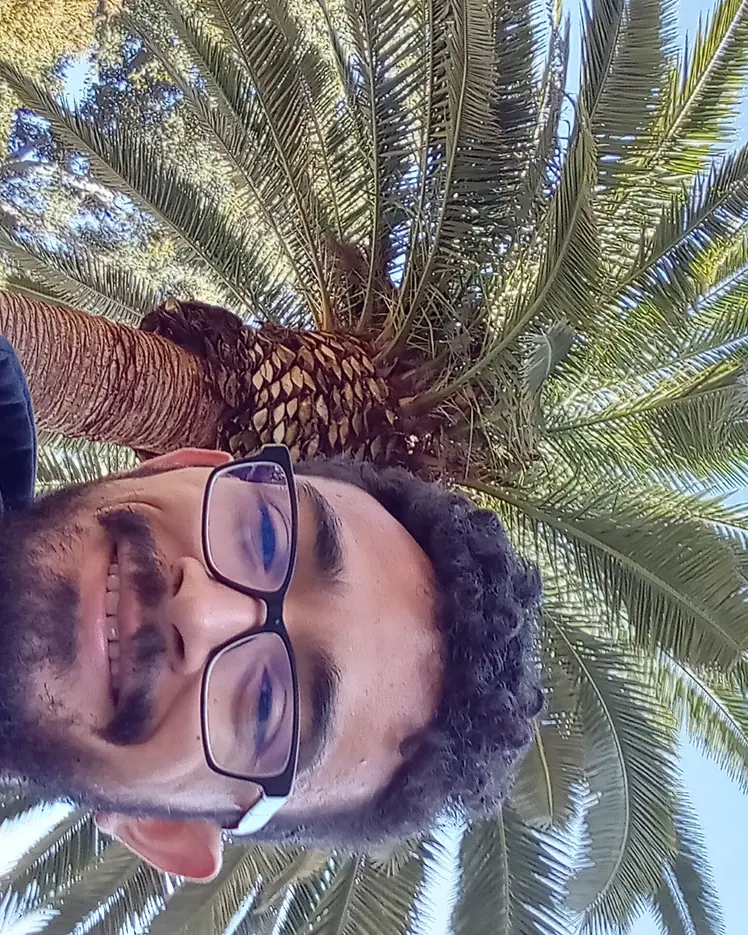
Yorguin Mantilla Ramos
Master's Research - Université de Montréal
Supervisor
Research Topics
AI for Science
Brain-inspired AI
Cognitive Science
Computational Neuroscience
Interpretability
Mechanistic Interpretability
NeuroAI
Neuroscience
Scientific Machine Learning


